Textile wallpaper is an excellent solution for wall decoration, while the joints between the canvases ...
|
|
Even at the stage of designing the garage, they think about what kind of floor there will be. Sometimes from ... |
Despite the fact that the last decade is associated with the advent of many the latest ... |
Air ducts for ventilation. Features of installation

The installation of the ventilation system is not complete without the installation of air ducts that are responsible for the circulation of air in the system. How to correctly install air ducts for ventilation in this article.
Table of contents:
- General concept of air ducts for ventilation
- Varieties of air ducts for ventilation
- Calculation of natural ventilation air ducts
- Installation of flexible ventilation ducts
- Installation of a plastic duct
- Installation of metal ducts
General concept of air ducts for ventilation
The ventilation ducts are designed to distribute air in the room. The ducts look like a system of pipes: metal, plastic, corrugated.
Scope of use:
- household ventilation;
- air conditioning system;
- hoods located in the closet;
- kitchen hoods;
- forced ventilation.
Air ducts for ventilation photo:
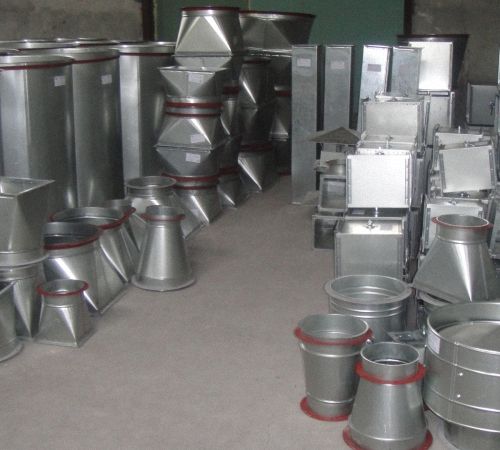
In addition to the pipe, the air ducts for ventilation include connecting elements in the form of couplings, knees, tees, crosses and adapters.
The ducts must meet the following requirements:
- ensure complete tightness of the compounds;
- create conditions for free air circulation;
- comply with sanitary-hygienic standards;
- be fireproof;
- fit into the design of the room;
- have high insulation characteristics.

Varieties of air ducts for ventilation
Before buying ventilation ducts, you should familiarize yourself with the varieties and features of the ducts.
According to the material from which the duct is released:
- air ducts for ventilation are plastic;
- metal ducts;
- corrugated ducts;
- Fabric ducts.
1. Plastic air ducts - quite quickly displace metal, due to the presence of advantages in front of them.
Plastic air ducts are made of polyurethane, polyvinyl chloride or polypropylene. Most often, polyvinyl chloride ducts are used, which are light, harmless and tight.
Advantages of plastic ducts:
- anti -corrosion - unlike metal ones, which over time lose their shape and are covered with rust;
- Available cost - the price of plastic ducts is relatively low compared to other types of ducts;
- a smooth surface on which roughness is not formed that prevent normal air circulation;
- Easy to clean - do not require special care and are easily washed;
- simple installation that does not require special efforts or skills;
- Safety - do not emit toxic substances into the environment.
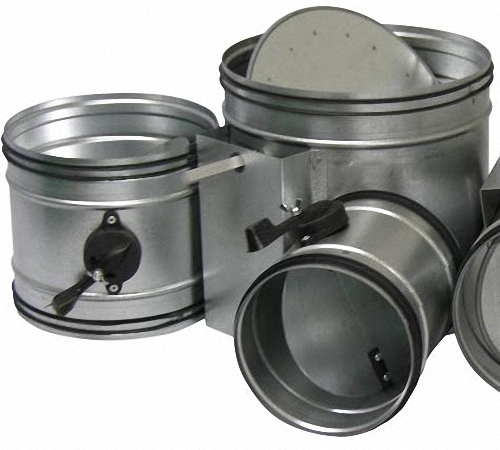
2. Metal ducts are of two types: galvanized or stainless.
Galled air ducts for ventilation are great for ventilation systems that are installed in wet and warm rooms.
Advantages of galvanized air ducts:
- low weight;
- ease of installation;
- high heat resistance;
- Moisture resistance.
Stainless steel air ducts are used in rooms with particularly rigid operating conditions.
3. Hopper ducts are made of aluminum foil.
Advantages of air ducts for ventilation of flexible or corrugated:
- allow an air duct at any angle to bend;
- easily installed;
- Do not require a large number of compounds.
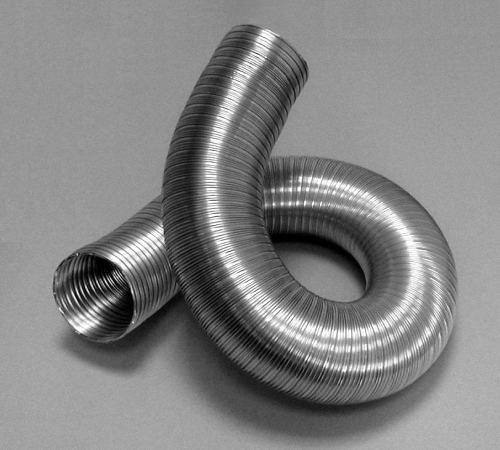
4. Fabric ducts are made of polyester.
Advantages:
- small weight of the structure;
- easy transportation;
- mobility;
- simple installation - does not require additional fasteners;
- lack of the formation of condensate masses;
- do not require thermal insulation;
- Microorganisms are not formed.
Depending on the shape of the duct, they distinguish:
- air ducts for ventilation are rectangular;
- spiral air ducts;
- Flat air ducts for ventilation;
- flexible air ducts for ventilation;
- Round air ducts for ventilation.
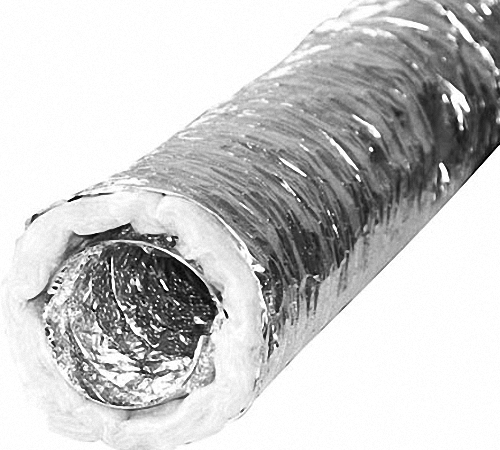
1. Rectangular air ducts are most often made of galvanized steel and used to arrange a ventilation system in a large territory. Such air ducts look more aesthetically pleasing. To connect rectangular ducts, flanges or welding are used.
2. Spiral ducts - have a high level of stiffness and look attractive. They are connected by flanges and sealing material, such as cardboard or rubber. Spiral ducts do not require additional thermal insulation.
3. Flat air ducts for ventilation are used to install ventilation in country houses or cottages.
Advantages:
- small weight of the total design;
- connection using flanges and tees;
- allow the use of a combination of flat and round ducts;
- In case of mismatch, the duct adjustment is carried out using a mounting knife.
4. Flexible air ducts for ventilation allow you to easily mount connecting structures without the help of flanges and other connecting elements.
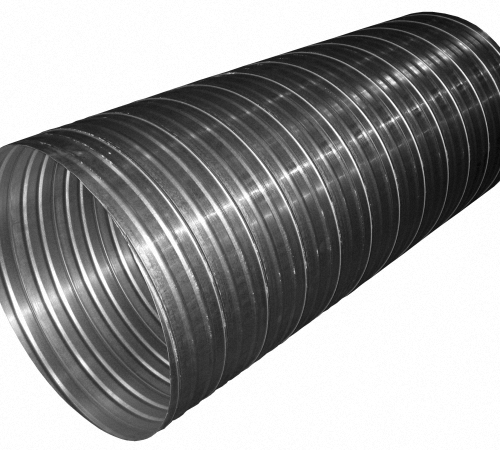
For the manufacture of flexible air ducts, a multilayer aluminum foil is used, laminated polyester tape with a spiral frame or from tone polyester fiber with a layer of insulation.
5. Round air ducts are one of the most popular, among ventilation ducts.
Advantages of round ducts:
- high level of stiffness;
- providing good air distribution;
- a small number of connectors during installation;
- good technical characteristics;
- Ease of operation.
In accordance with the type of ventilation, they distinguish:
- natural ventilation ducts;
- air ventilation ducts;
- air ducts for antidium ventilation.
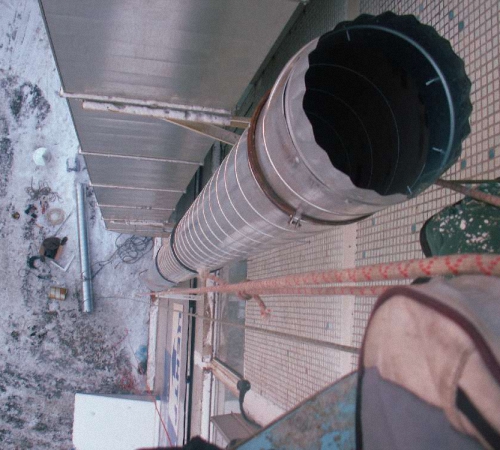
1. The air ducts for natural ventilation provide a healthy and safe microclimate of the room, due to the operation of the wind.
2. The ducts of the supply ventilation provide a constant flow of air into the room.
3. The air ducts of the antidium ventilation are installed for the removal of smoke or other gases from the room. For example, on the stage of the theater, during a performance.
Calculation of natural ventilation air ducts
Natural ventilation is provided by spontaneous air movement in the room. Distribute channel and non -channel natural ventilation. Canal ventilation involves the placement of ventilation ducts in special blocks, for example, in the wall or on the floor of the room, and the non -channel does not have such channels.
To correctly calculate the natural ventilation system, a number of actions should be performed:
1. Determine the value of the ventilation air (L). For the kitchen, this is 90 m/h, for the bathroom 25-30 m/h.
2. Calculate the air speed in the ventilation ducts (V), the average value of which is 0.3 m/s.
3. The formula f \u003d l*v3600 will calculate the approximate dimensions of the air ducts for ventilation.
4. To determine the diameter of the ventilation duct, this formula should be used: D \u003d 2AB*(A+B). A, B - the dimensions of the duct.
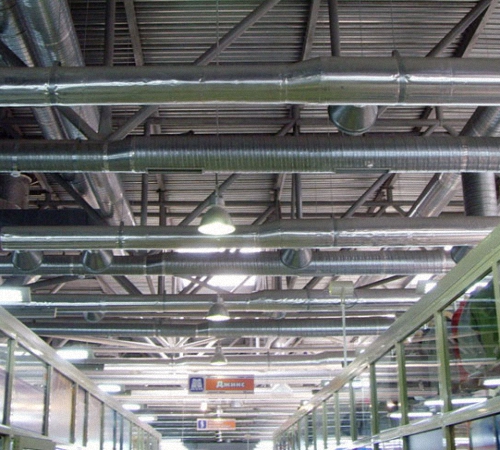
Installation of flexible ventilation ducts
1. To avoid bending the duct and pressure loss, the internal sleeve should be held in a stretched form. All excess sleeves are cut.
2. Flexible air ducts do not provide an additional stock, as this will affect the quality of the ventilation system.
3. The width of the brackets should be quite large to avoid deformation of the duct.
4. In the place where the duct passes through the wall, use metal sleeves or adapters.
5. Before installation, completely stretch the duct and using the marker, apply markings in places that require cutting.
6. Using the mounting knife, cut the necessary part of the duct.
7. To connect the duct, use: nipples, mastic or aluminum tape.
8. Fix the connection using a metal screed.
9. The size of the radius of the duct should be less than the radius of the duct itself.
10. If a vertical suspension is required for the duct, the distance between the mounts should be 100-180 cm.
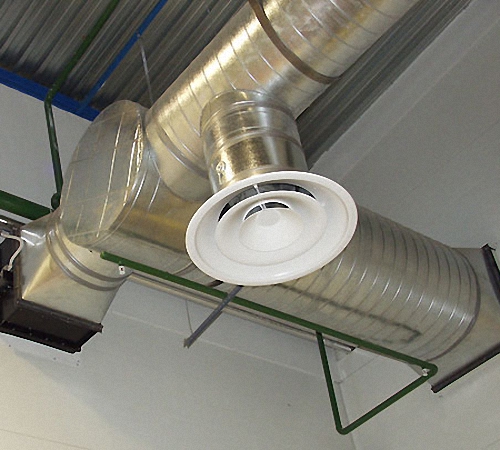
Installation of a plastic duct
1. Before installing the duct, it is necessary to clearly determine the circuit of the ventilation system and the presence of fasteners, if necessary, additional fixation of the duct.
2. Installation of plastic ducts involves the presence of instruments such as a drill, pencil, level, hacksaw.
3. Plastic air ducts are flat, rectangular and round.
4. Using a level or roulette, measure the desired length of the duct, and then cut it with a hacksaw.
5. All shaped elements of plastic ducts are perfectly interconnected as a designer, therefore, additional sealing, during installation, is not required.
6. Plastic air ducts have adapters that involve a joint installation of both round and rectangular or flat ducts, depending on the type and functional features of ventilation.
Installation of metal ducts
1. Before installing metal ducts, air ducts should be assembled into separate elements of the system. The compounds between metal air ducts are flange and non -flood.
2. To install the horizontal system of the ducts, you must first make the markings of the places on which the duct will be mounted.
3. The fasteners are installed in two ways: with a construction and installation gun or welding machine.
4. After installing the mounts, the air ducts are installed directly in the system. The suspension use clamps as means of suspension.
5. The final stage of installation includes the flange connection of the ducts in a single ventilation system.
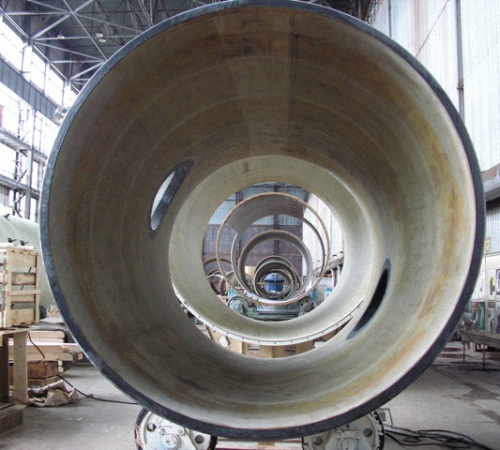
Features of installation of metal ducts:
Two types of compounds of metal ducts are distinguished: compounds of fold and welded type. If the thickness of the air duct is less than 1 mm, then the folder is used, otherwise welded.
The connection of metal ducts is a very important process that affects the tightness and integrity of the entire system.
Round metal ducts are connected to the system in the following ways:
- flange connections - fix the duct by sewing;
- bandage connection - includes the use of mastic or other chemical materials;
- couplings or nipples - come with rubber seals, which provide a more reliable fastening and without seals;
- Bell - the connection of two air ducts by entering one air duct into another.
Rectangular metal air ducts suggest such fastening methods:
- flanges - point or ordinary welding, after the application of which must be painted up for welding, to prevent corrosion;
- The tire method is the use of parts that are made of galvanized steel, in the form of angular inserts, which connect the ducts.
